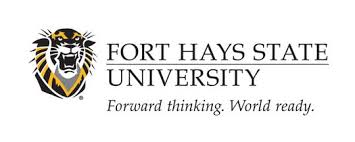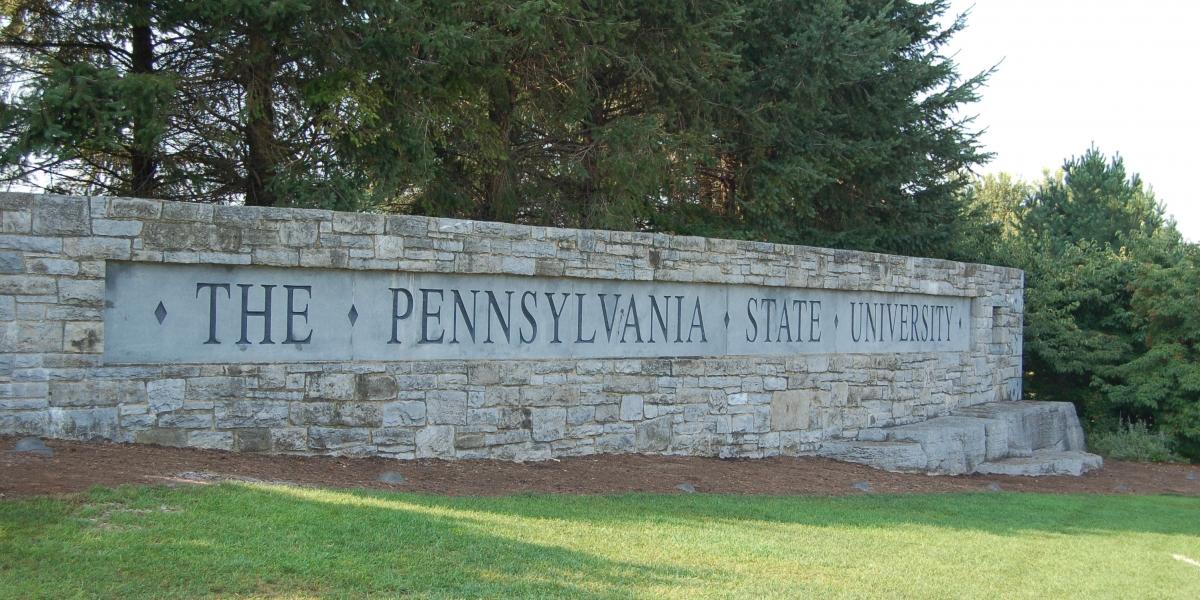Will applicants be submitting applications via other systems besides InfoReady Review™ (e.g., for external submission to the sponsor)?
Who is the authority of the solicitation, and how are we providing applicants with information directly from the funding source?
Most often this is web link but could be a PDF downloaded from the sponsor’s website.
Will this be a recurring solicitation?
If so, include program guidelines as a PDF: “While maybe not the type of granular data point that we’re thinking of, it can be really handy for future solicitations that recur, to be able to go back to prior year announcements and materials, so that we can compare year over year if there are any programmatic changes.”
What demographic information do I need to collect and in what format?
The application form is the place to collect any details from applicants about themselves or their project, whether that information will be used by competition administrators, reviewers, or other stakeholders. Common items include affiliation and title from a standardized list, as well as contact information for the administrator that handles finances for the applicant’s department. As Ryan notes: “If we’re making an award, we can get right to that person and distribute funds as quickly as possible.”
How will I assign reviewers?
If review committees are based on subject matter expertise, make sure this becomes a question on the application. “Having a dropdown category that allows faculty applicants to opt in to different review groups has been really helpful in being able to expedite moving proposals outward, but then also for back-end program analytics.” This suggestion makes it much easier to organize and assign reviewers.
Ask for the total amount requested as a form field, with the full narrative as an upload. That way, you’ll be able to get a quick report without digging into individual documents.
Would it be helpful to gather feedback or questions about the program?
Use the Comments to Administrator box to collect questions applicants have about the solicitation, especially if it’s a letter of intent (LOI): “It is a great data collection tool in terms of questions about the program that can then by synthesized into an FAQ and returned to all applicants who submitted an LOI and also posted as a program document.”
If they aren’t already on the application form, add questions for applicants that will make it easier for reviewers to evaluate the application according to the review criteria. Ryan explains how he decides if these questions are necessary: “Think about if you’ve been working on the same funding mechanism for a year or two and the final decision making is somewhat hampered in a little bit of indecision, and insert questions that are constructive that might help your uppermost decision maker be able to look at that feedback from reviewers to guide forward. Questions around feasibility are always very helpful.”
Will I need information from the awardee(s) after the internal award is dispersed?
We want to thank Ryan for sharing his tips on how to maximize data extracts from InfoReady Review™ by gathering the information throughout the competition process. His insights can help any administrator answer critical questions quickly and accurately, saving valuable time for all involved.




